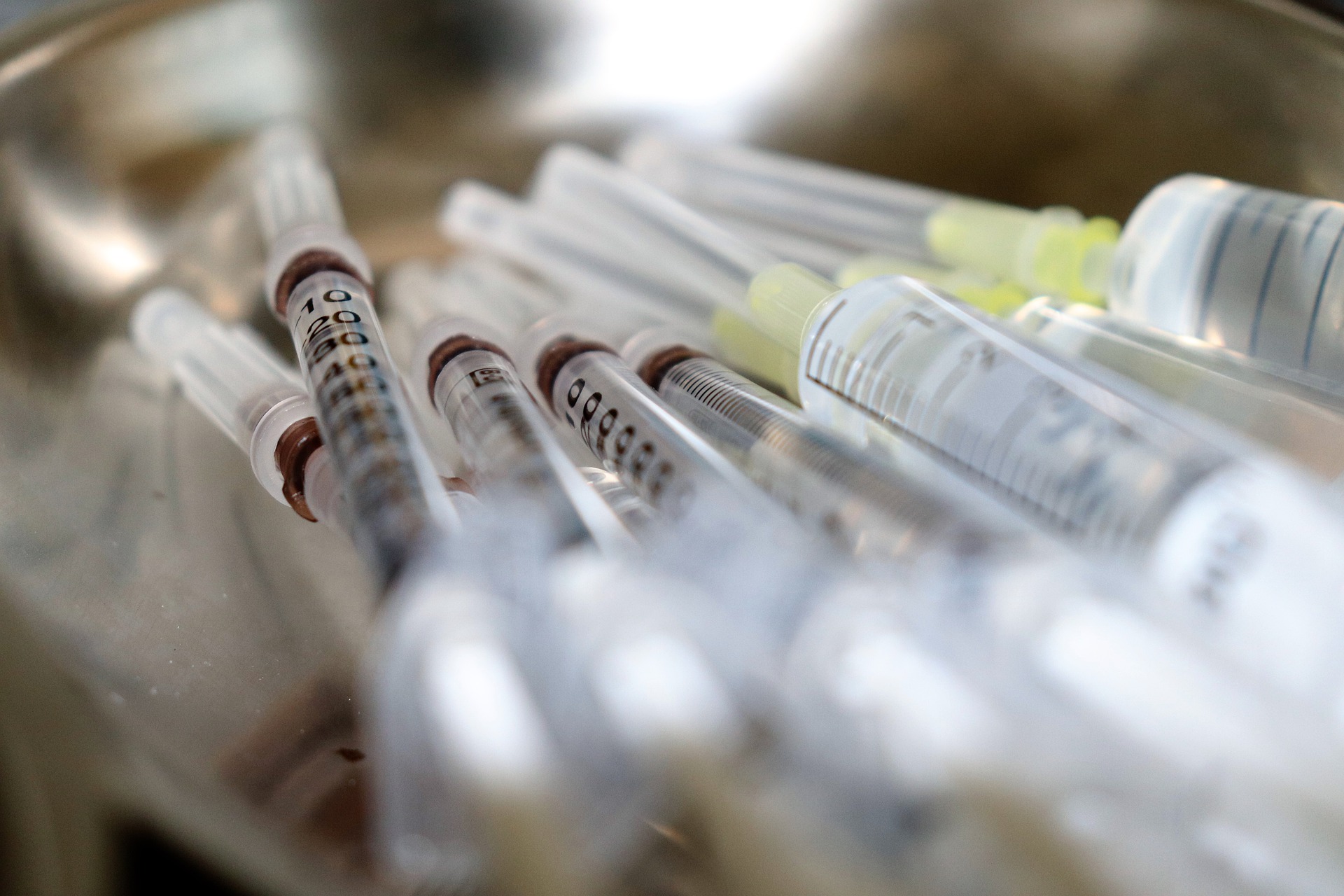
Date: 18 September, 2020 - Blog
Finding a reliable vaccine takes between 6 and 8 years. With the pandemic, it took only 6 months to start clinical phases 3, i.e. final tests on a large population of 30,000 people and as many for the placebo. There is no guarantee of success: only 33% of vaccine developments go through human testing (Phase 3) and 85% of vaccines that enter phase 3 are successful. For Covid-19, the billions invested in research and development by states to ensure a supply and the acceleration of the approval process by the health authorities will make it possible to find a vaccine in record time, probably less than a year. The United States has invested $10 billion in 6 companies to secure dose orders: Moderna, Johnson & Johnson, BioNTech / Pfizer, Sanofi / Glaxosmithkline, Novavax and Astrazeneca. Germany has invested €250 million in CureVac, a German biotech recently listed in the US.
Astrazeneca’s announcement of a break in testing is a normal step and a reminder that health security is the top priority, despite the urgency of the pandemic. The reliability must be 100%. You have to understand the problem: dosage? reaction of the vaccine to a specific pathology? coincidence or the result of the vaccine? There is also the need to reassure the public about the reliability of the vaccine despite the accelerated approval processes. The US National Institutes of Health and the FDA have reiterated that safety assessments will not be skipped or shortened. In fact, a few days later, Astrazeneca and Oxford University resumed testing.
There are currently 9 companies in clinical phase 3: Astrazeneca, Moderna, BioNTech, CanSinoBIO (China), Sinovac (China), Wuhan Institute of Biological Products (China), Sinopharm (China), Gamaleya Research Institute (Russia) and Murdoch Children’s Research Institute. Johnson & Johnson will soon enter phase 3.
Despite the US Centers for Disease Control and Prevention’s request to be ready to distribute the vaccine by November 1, White House chief Covid officer Dr Fauci affirmed a vaccine is highly unlikely in November, but expected it instead late 2020-early 2021.
After the approval of a vaccine, it is necessary to move on to the production phase, which is not an easy task. We have to find a way to manufacture it, then in the case of this pandemic, to produce it massively. Then comes the marketing and distribution phase. The infrastructure can be cumbersome: as with the Ebola vaccine, Moderna’s vaccine should be stored in the dark and at -80° C.
With its experience, IATA, the International Air Transport Association, the umbrella association of the world’s airlines, claims that the global distribution of the
vaccine(s) will be one of the biggest challenges ever for air transport and already requires planning. IATA considers that one dose for 7.8 billion Earthlings is equivalent to filling 8,000 Boeing Jumbo 747s! The transport of a vaccine must meet specific criteria in line with international regulations such as temperature control, safety, personnel qualifications and deadlines to guarantee the quality of the vaccine. All these constraints will reduce the transport capacity of cargo planes.
- The probability of finding several vaccines before the end of the year increases
- For 8 billion Earthlings, there is room for many “winners”
- We maintain the overweighting of Healthcare





